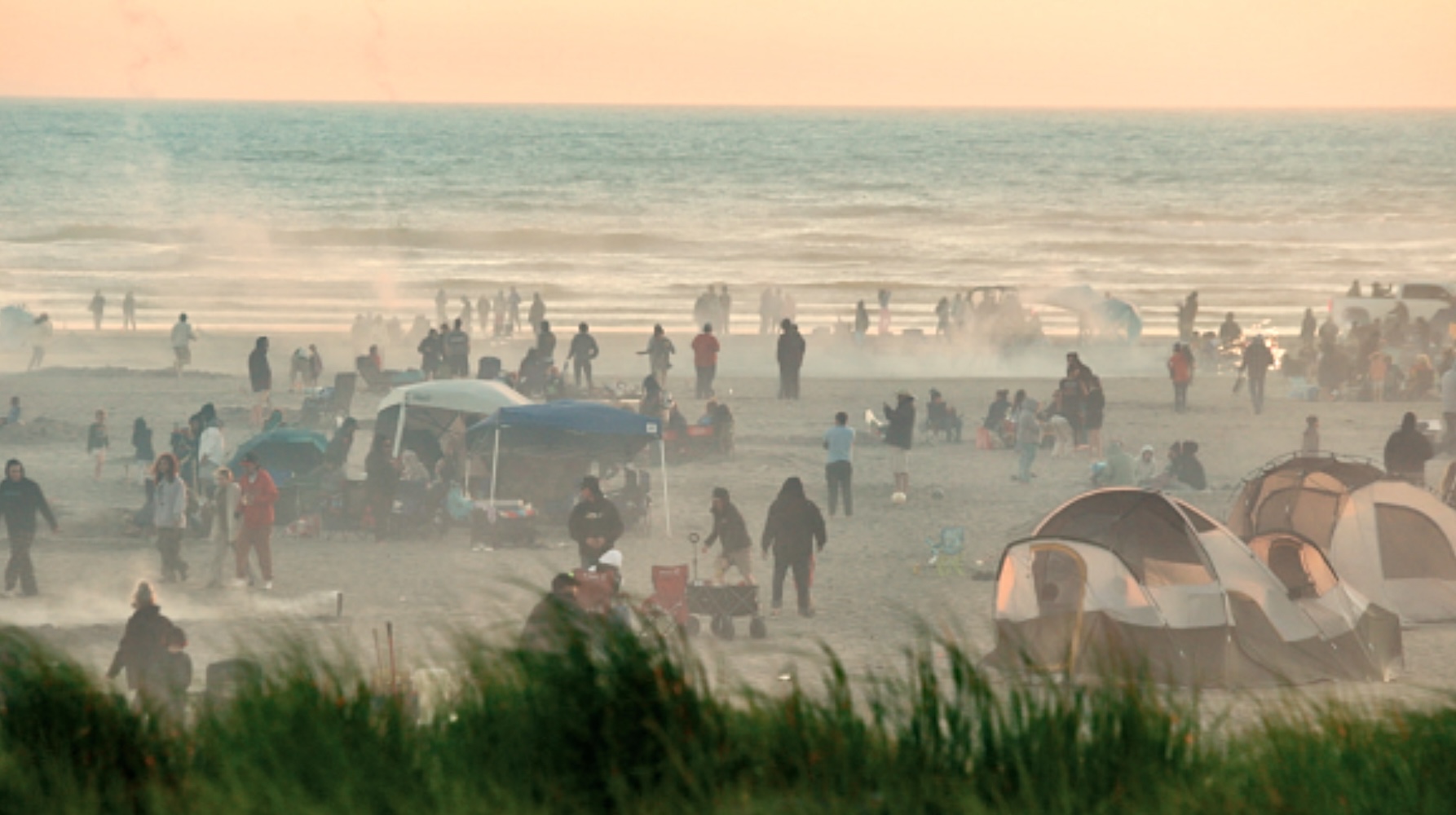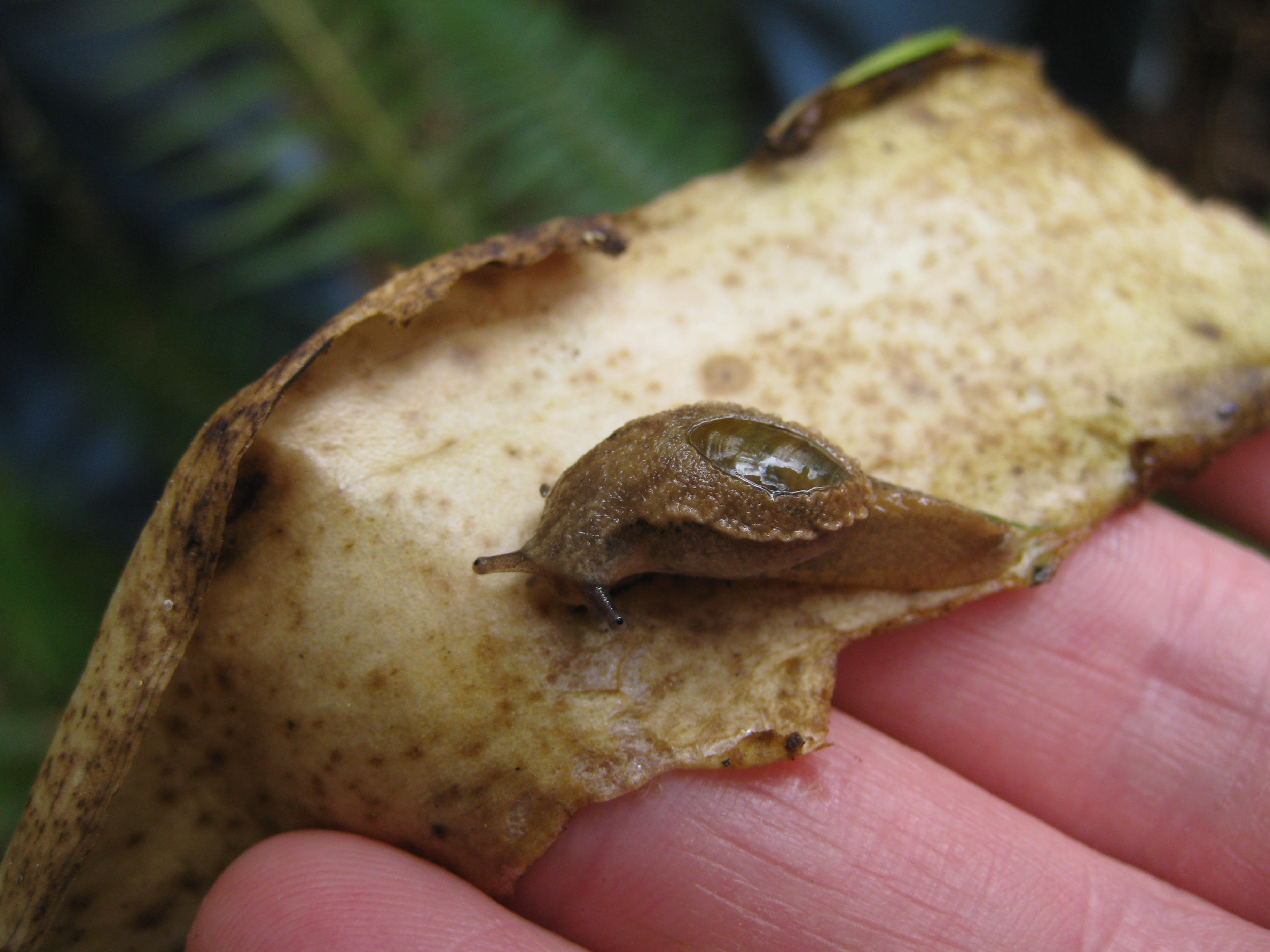Ask the Master Gardener: It’s easy to avoid tomato blight!
Published 5:00 pm Tuesday, August 6, 2002
Question: Every year, just as our tomatoes are finally beginning to ripen, they get that awful blight that destroys the entire crop! We have a lot of green tomatoes that are just beginning to ripen. Is there anything we can do to prevent this devastating disease?
Answer: The month of August is notorious for tomato late blight disease. The warm summer temperatures combined with dew, fog and rain are ideal conditions for the development of this disease. Fortunately, home gardeners can do a couple of things to prevent their tomato crop being infected.
First, placing a temporary roof over the plants, thereby keeping moisture off the foliage, will do much to prevent infection. Avoid wetting foliage when irrigating, especially in late afternoon and evening. Staking and pruning plants to provide good air circulation will also help.
Fungicide sprays, before disease begins, is the only method that can prevent complete crop destruction. Fungicides registered for use include Bravo Weather Stik and Kop-R-Spray. Fungicides applied now, according to labeled directions will protect plants from infection. This is the same fungus that was responsible for the great Irish potato famines from 1845 to 1847. The disease is equally devastating to both tomatoes and potatoes. The fungicides Bravo, Maneb and Mancozeb are all registered for use on potatoes and provide an effective protectant against the disease when used according to labeled directions.
Question: Can you give me a list of the poisonous plants that I might have growing in my back yard? Answer: The leaves of such common plants as tomatoes, potatoes, peaches, cherries, and rhubarb are considered dangerous if eaten. Many plants used in landscaping, such as daffodils, holly, lily-of-the-valley, English ivy, primrose and rhododendrons, cause sickness or possibly death if eaten in large enough amounts.
Lists of plants which are known to be dangerous are never complete. In addition, only seeds, roots, berries or flowers may be seen at the time of emergency making plant identification difficult. Further, plants are often more dangerous at one stage of growth than another. Similarly, there are biological differences in people – age, weight, health, and sensitivity to the plant material they are touching, inhaling, chewing or swallowing.
The best information I have found regarding your request is a fact sheet available from the Washington Poison Center. The fact sheet lists common landscape and native plants which are known to be toxic. You may obtain a free copy by dialing (800) 222-1222. This is a national number which will automatically connect you to the Poison Center in the state in which you are calling from.
Question: Last weekend our neighbor removed a lot of the leaves from his tomato plants. He says that doing this helps to speed up the ripening of the fruit. Is this true? Answer: All too frequently the home vegetable gardener will trim leaves from tomato and other vegetable plants, hoping that the fruit will ripen better if exposed to a greater amount of sunlight. Sufficient foliage must be present for photosynthesis to continue at the required rate. If the essential “food” is not manufactured as needed, normal fruit production will not exist. Cutting away an excessive amount of foliage destroys the process that produces the fruit. Removing a few leaves would be okay – just don’t overdo it!
Please contact Jonathan Cox for master gardening questions at The Enchanted Cottage 665-4086 or e-mail at cox@pacifier.com.






